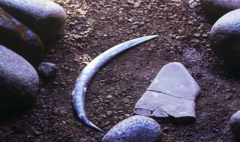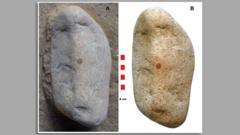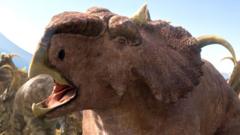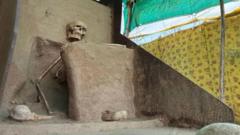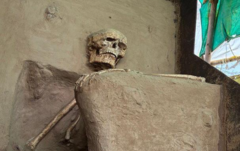The joint effort by Egyptian and British researchers has uncovered the tomb of Thutmose II near Luxor, revealing crucial data about Egypt's 18th Dynasty and its royal lineage, with artifacts proving its royal significance.
Discovery of Pharaoh Thutmose II’s Tomb Marks Historic Archaeological Find in Egypt

Discovery of Pharaoh Thutmose II’s Tomb Marks Historic Archaeological Find in Egypt
Archaeologists unveil the tomb of Thutmose II, a significant excavation and the first royal burial site discovered since King Tutankhamun's tomb in 1922.
In a remarkable archaeological breakthrough, the tomb of Pharaoh Thutmose II has been discovered in the ancient Egyptian valley west of Luxor, as announced by Egypt’s Ministry of Antiquities this week. This finding is celebrated as the first excavation of a royal tomb since the significant discovery of King Tutankhamun's burial chamber over a century ago.
Dating back to approximately 1480 B.C., the newly uncovered tomb was revealed to be “the last missing royal tomb of the 18th Dynasty,” according to an official statement from the ministry. This keenly anticipated excavation has been a collaborative project between Egyptian and British archaeologists that began in 2022, when they first stumbled upon the entrance and main corridor of the tomb.
Interestingly, the team initially speculated that the tomb might belong to a royal consort due to its proximity to the burials of royal wives and the tomb of Hatshepsut, who ascended to the throne following her husband’s death. Adding to the complexities, the burial site was found in an unconventional location – beneath two waterfalls and at the lower end of a slope, indicative of the much wetter conditions that prevailed in the 15th century B.C.
However, further analysis unearthed undeniable evidence that the tomb was indeed constructed for a king. Archaeologists discovered fragments of alabaster jars inscribed with the designation of Thutmose II as the “deceased king,” along with inscriptions referencing Hatshepsut. Furthermore, part of the tomb’s ceiling remains intact, revealing a striking blue paint embellished with yellow stars, a hallmark feature previously seen only in royal tombs.
This archaeological endeavor not only sheds light on the grandeur of ancient Egyptian royalty but also reinforces the role that Thutmose II and his wife played in the evolution of Egyptian history and monarchy.








